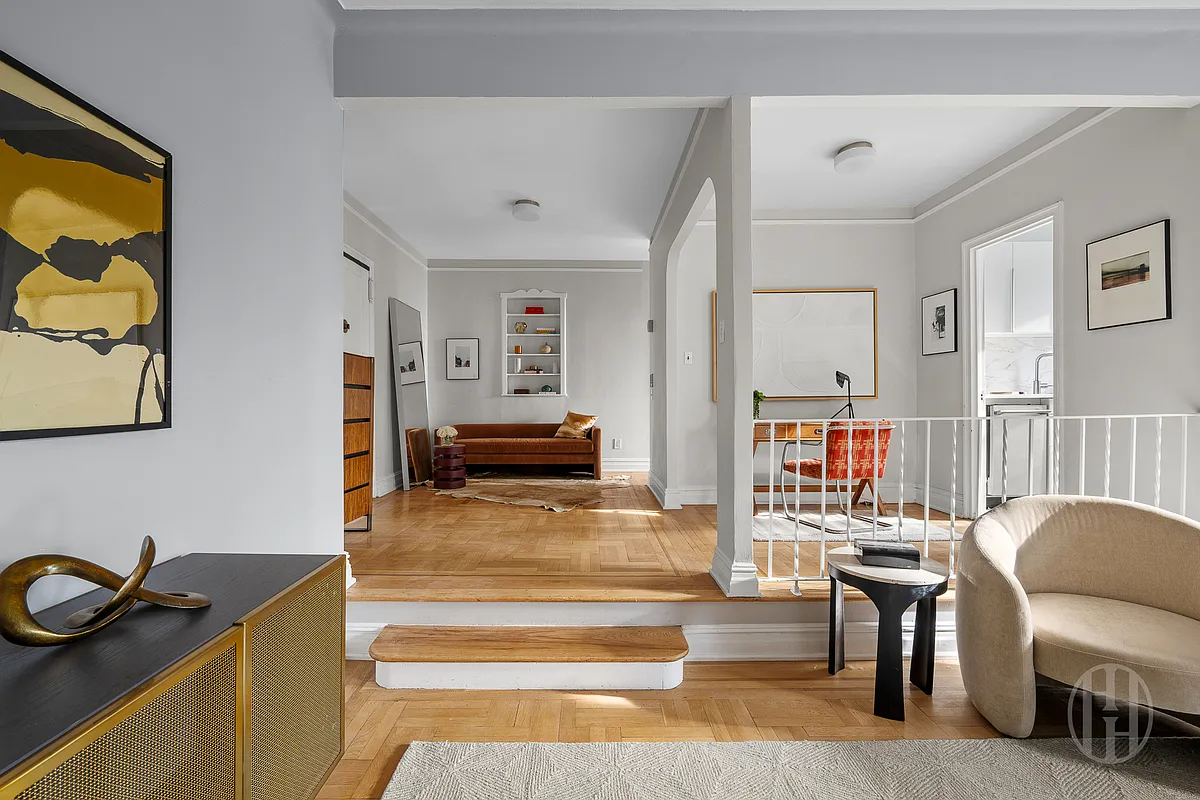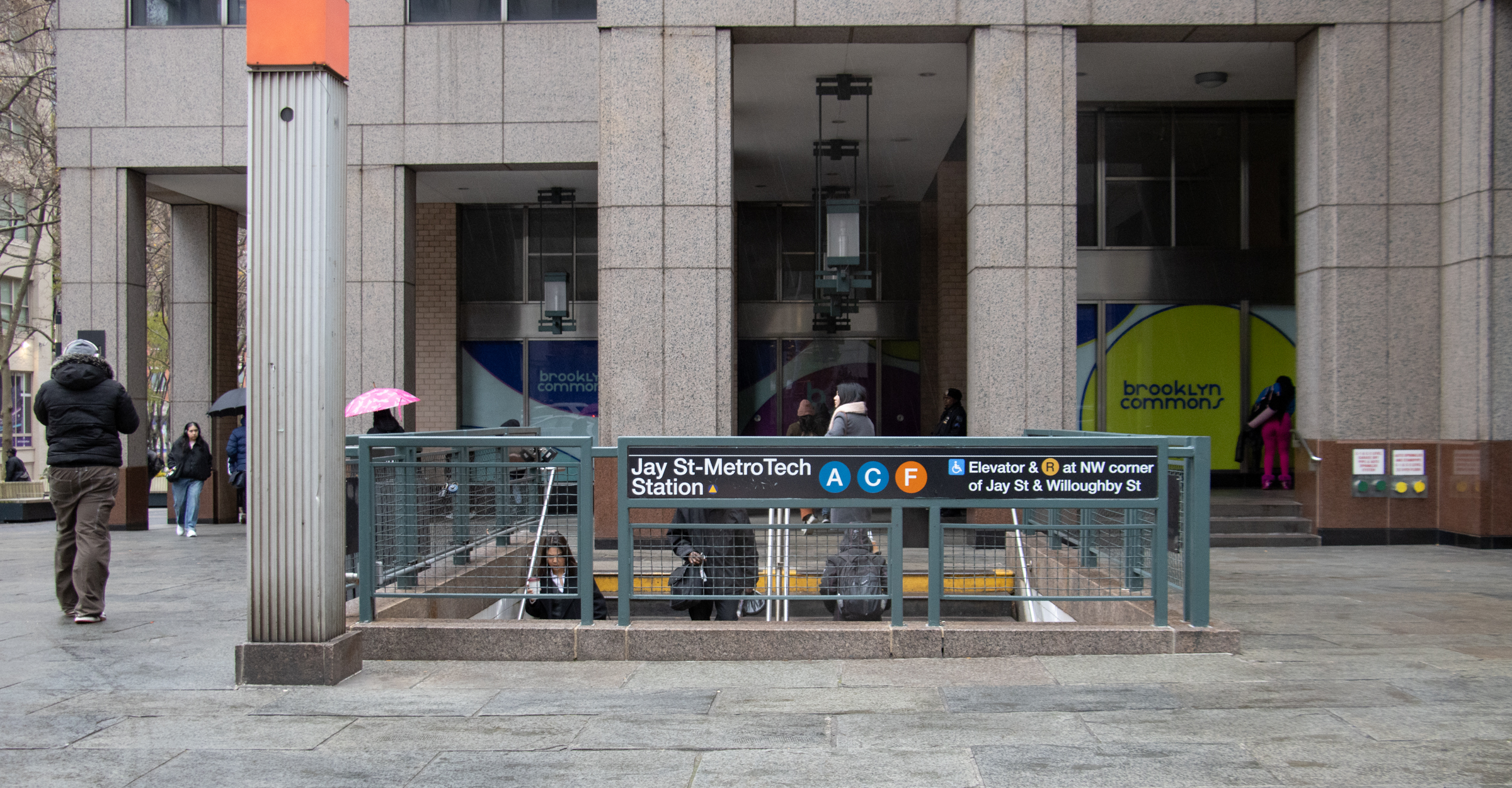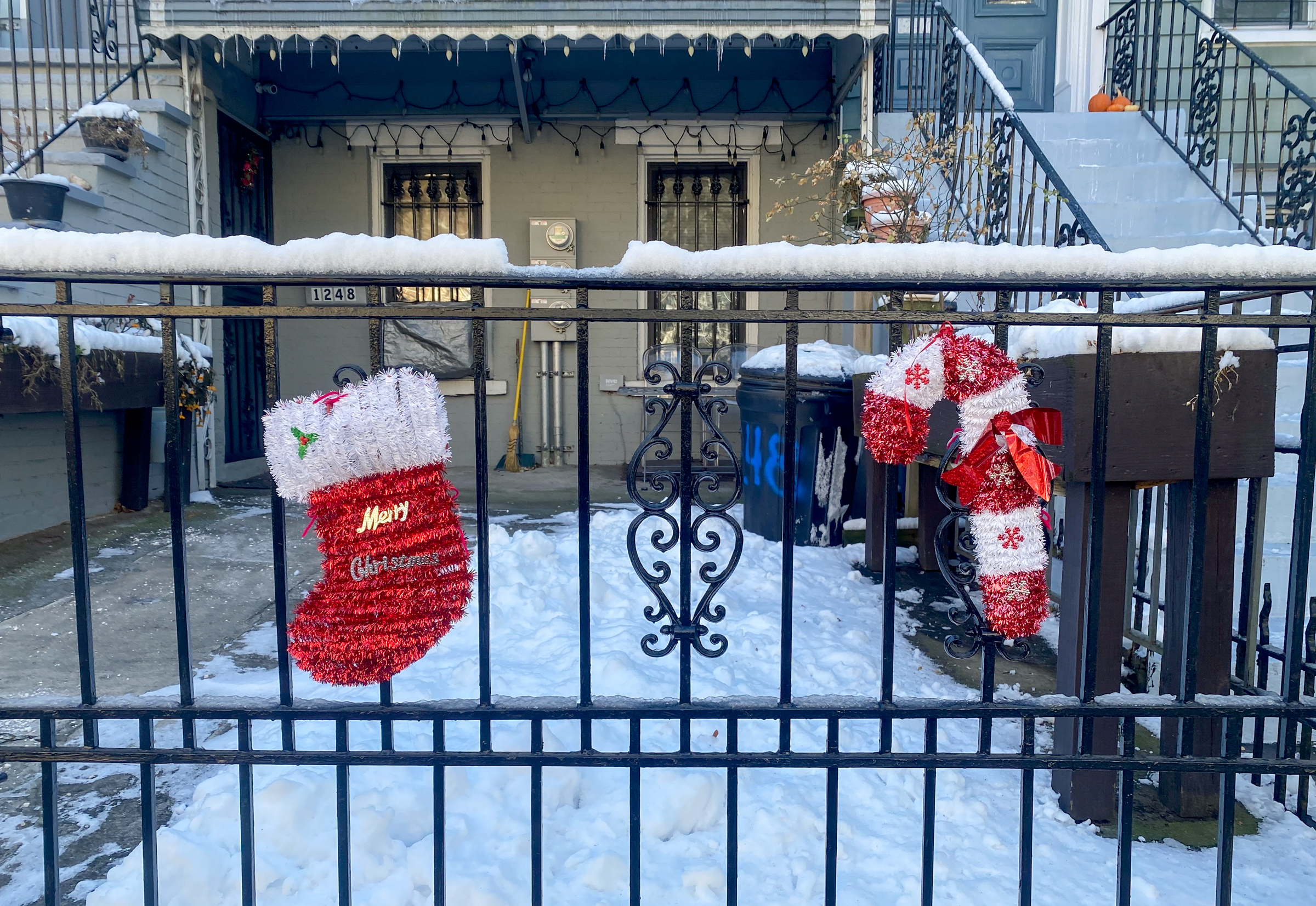House of the Day: 130 Summit Street
At first blush, this three-family house at 130 Summit Street looked like agreat deal to us: $1,350,000 for a four-story house with lots of charm in Carroll Gardens? Sign us up. But then comes the heartbreaking fine print: The 3rd floor apartment has a dreaded rent-controlled tenant paying $325 a month. (Approximately $1,600 under market….


At first blush, this three-family house at 130 Summit Street looked like agreat deal to us: $1,350,000 for a four-story house with lots of charm in Carroll Gardens? Sign us up. But then comes the heartbreaking fine print: The 3rd floor apartment has a dreaded rent-controlled tenant paying $325 a month. (Approximately $1,600 under market. Ridiculous!) Anyway, we’ll let the quants out there decide how big a discount to market value that should mean for the house. Still might be a decent play, except for the fact that the rent controlled tenant’s location means the owner won’t be able to expand beyond a duplex.
130 Summit Street [Douglas Elliman] GMAP P*Shark





But in all reality, if it is a 96yo grandmother living in the apartment, there’s absolutely nothing the owner can do if she meets and marries her 24 yo lover and he moves into her place. That 24yo is now paying $325 a month for the next 70 years.
The above situ is a little far-fetched, but a 45yo third cousin twice removed and her 14yo son moving in w/ “Nana” isn’t that far-fetched.
Thanks, bwrobel. Very helpful. I shall promptly forget all that, but still.
For clarification about rent controlled apartments in building with six or fewer units becoming deregulated rather than stabalized when when vacated see the below excerpt from the Rent Guidelines Board website:
Is there a difference between RENT CONTROL and RENT STABILIZATION?
Some of the people who email us say “rent controlled” but actually MEAN rent stabilized — they do not know the difference.
Why is it so hard to be accurate? There is a difference between rent control and rent stabilization, as only about 50,000 rent controlled units exist vs. more than one million stabilized units and rent control has a different set of regulations than rent stabilization.
The term “rent regulated” encompasses both rent controlled and rent stabilized units. By the way, the Rent Guidelines Board has the responsibility for setting rent adjustments for rent stabilized apartments. We have no jurisdiction over rent controlled apartments, which is the responsibility of the NY State Division of Housing and Community Renewal (DHCR).
Rent Control:
The rent control program generally applies to residential buildings constructed before February 1947 in municipalities that have not declared an end to the postwar rental housing emergency. A total of 51 municipalities have rent control, including New York City, Albany, Buffalo and various cities, towns, and villages in Albany, Erie, Nassau, Rensselaer, Schenectady and Westchester counties.
For an apartment to be under rent control, the tenant (or their lawful successor such as a family member, spouse, or adult lifetime partner) must have been living in that apartment continuously since before July 1, 1971. When a rent controlled apartment becomes vacant, it either becomes rent stabilized, or, if it is in a building with fewer than six units, it is generally removed from regulation. For more information on succession and the definition of family member, check out the fact sheet.
An apartment in a one- or two-family house must have a tenant in continuous occupancy since April 1, 1953 in order to be subject to rent control. Once it is vacated after that date, it is no longer subject to regulation. Previously controlled apartments may have been decontrolled on various other grounds. On rare occasion, a decontrolled apartment is ordered back under rent control as a penalty for certain violations of the rent laws.
Rent Stabilization:
In NYC, rent stabilized apartments are those apartments in buildings of six or more units built between February 1, 1947 and January 1, 1974.
Tenants in buildings of six or more units built before February 1, 1947, who moved in after June 30, 1971 are also covered by rent stabilization.
A third category of rent stabilized apartments covers buildings with three or more apartments constructed or extensively renovated since 1974 with special tax benefits. Generally, these buildings are stabilized only while the tax benefits continue.
Many Exceptions:
THERE ARE NUMEROUS EXCEPTIONS TO BOTH OF THESE GENERAL CATEGORIES. For example, if the legal rent exceeded $2,000 following a vacancy the unit may be deregulated. Or, if the unit was in a building converted to a co-op it may be deregulated upon vacancy
Everyone thinks it’s an old lady.
Ringo, I can tell from the owner’s decor that they’re too *ethical* to push out this lovely old lady.
A rent controlled tenant has life tenancy in that specific apartment. You can certainly offer them a nicer place on a different floor but the tenant is under no obligation to move one inch.
and, coldly, i don’t think she has a choice in the matter since it’d be equivalent (or better) living situation.
reverse it. move her to the garden level.
nice idea antidope…but I doubt old person wants to move 1 floor higher in a walkup.